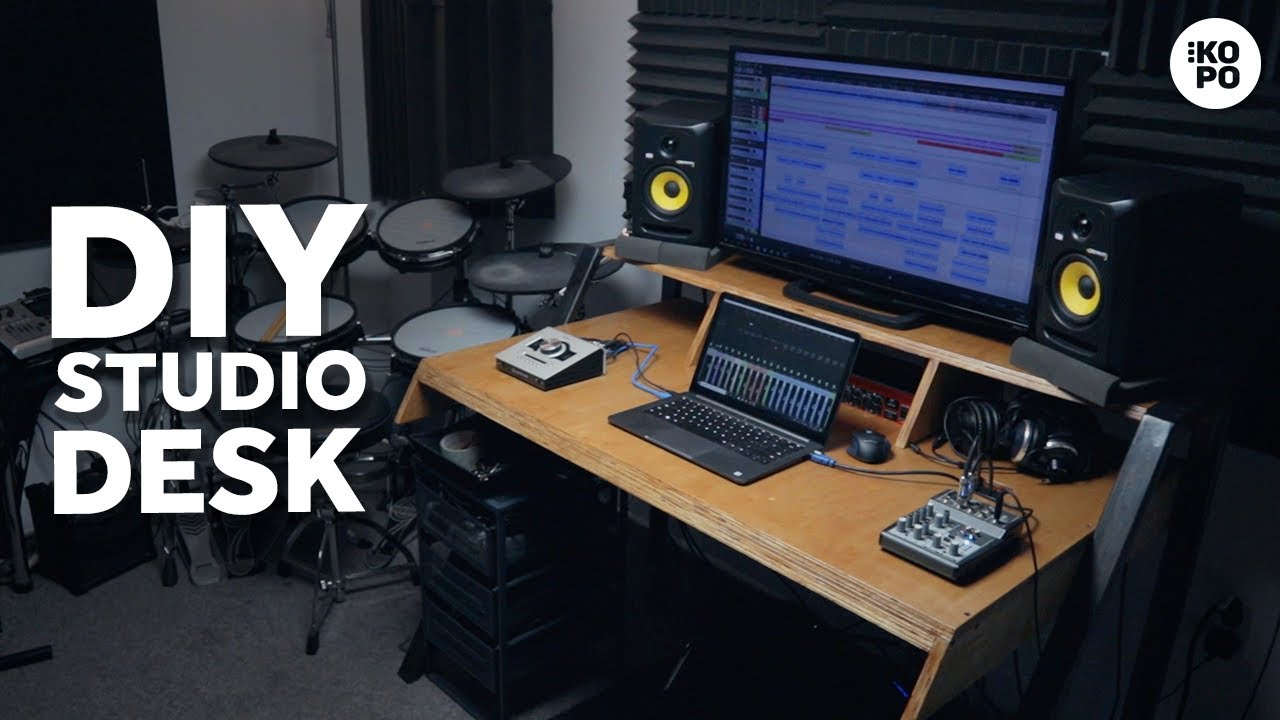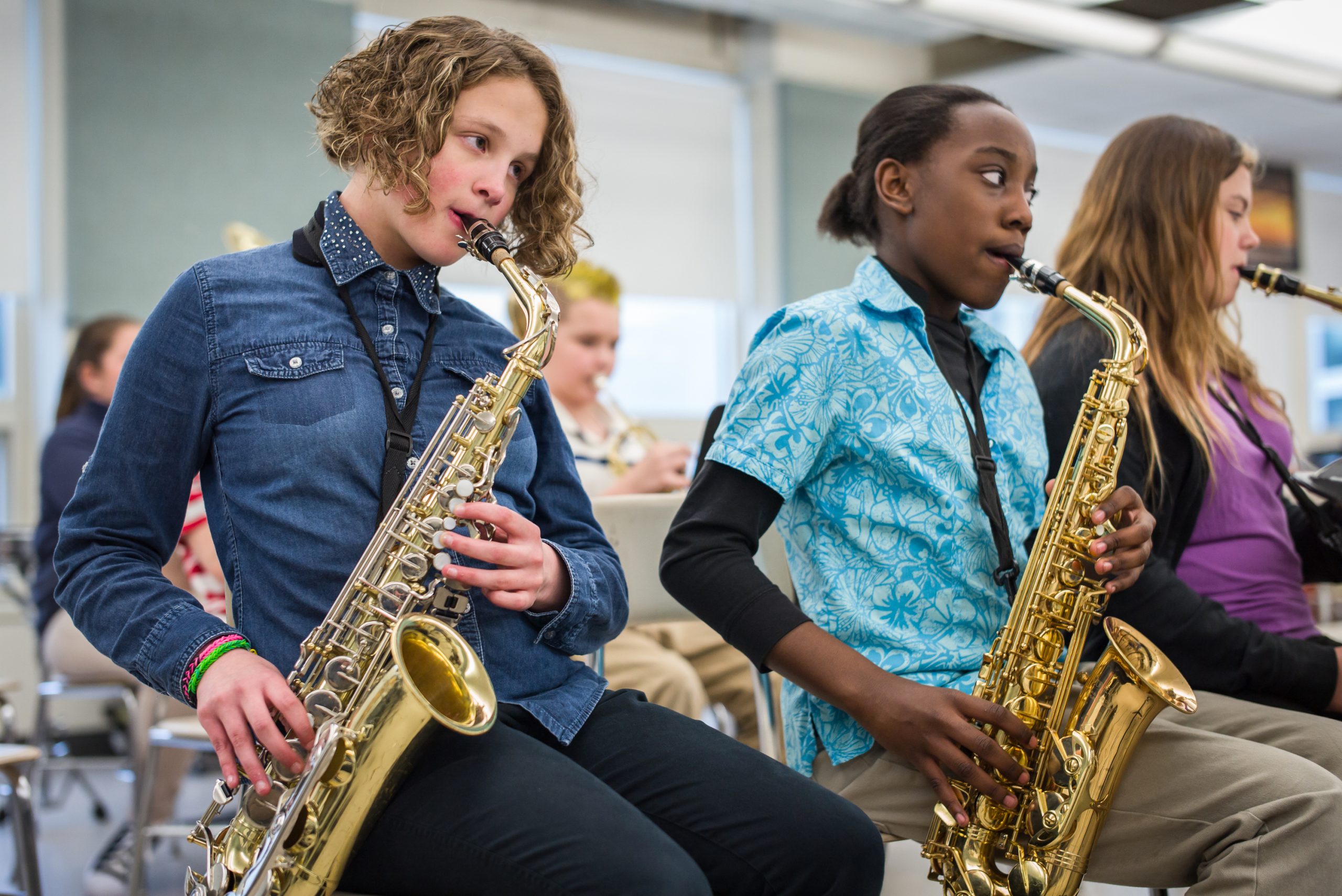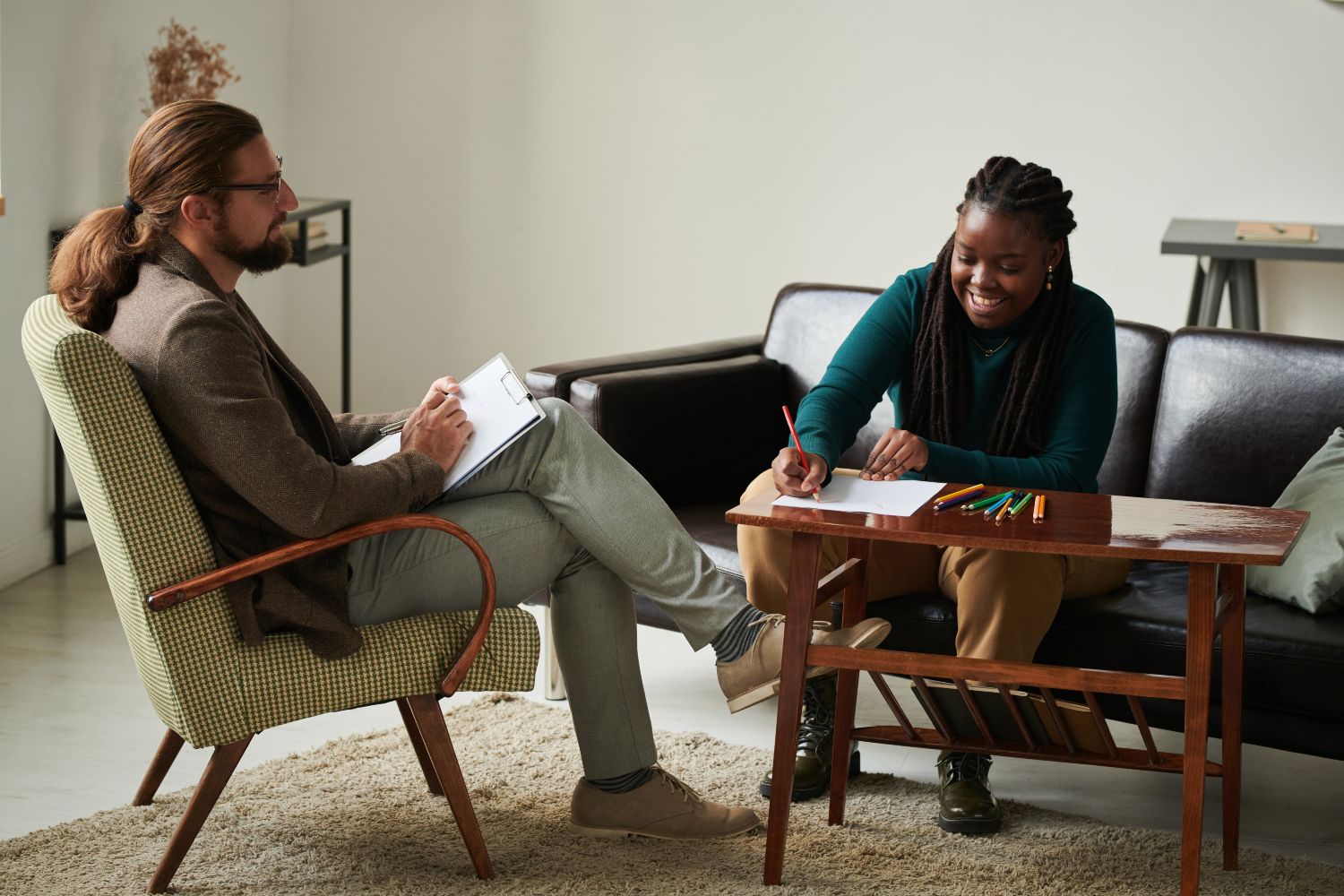How to Create a Personalized Home Studio for Your Musical Pursuits

Bring Your Musical Vision to Life
Imagine a space where creativity flows freely, a sanctuary crafted to bring your musical dreams to reality. With the rise of digital technology and affordable equipment, creating a personalized home studio has never been more accessible. Whether you are a budding musician or an experienced producer, carving out your unique sound is possible from the comfort of your own home.
Key Elements to Consider
Establishing your own studio requires thoughtful planning and the right tools. Here are a few essentials to keep in mind:
- Room Selection: Choose a quiet area with minimal distractions. This might mean selecting a basement, which often has thicker walls for sound insulation, or a spare room with limited foot traffic. Consider the availability of natural light and your comfort, as you’ll want to spend hours in this creative space.
- Acoustic Treatment: Invest in soundproofing materials to enhance audio quality. Products like acoustic foam panels, bass traps, and diffusers can significantly improve how sound behaves in your space. Remember, the goal is to minimize echo and unwanted noise while maximizing clarity, which is crucial for both recording and mixing.
- Equipment: Prioritize a good quality computer, audio interface, and microphones. A powerful computer is essential for running music production software smoothly. Look for a reliable audio interface to connect your instruments and microphones, ensuring you capture every nuance of your performance. Additionally, a variety of microphones tailored for different instruments or vocals can broaden your recording capabilities.
Each piece of equipment plays a vital role in the overall sound experience. Not only does a home studio provide a venue for recording, but it also becomes a platform for collaboration and innovation. For instance, many successful artists have utilized their home studios to experiment with new sounds, leading to unique musical ventures that may not have emerged in traditional recording environments.
Maximize Your Space
Design your studio in a way that reflects your artistic goals. Personal touches like artwork, instruments, and personalized gear can inspire creativity and make the environment uniquely yours. You might consider hanging inspirational posters of your favorite artists or incorporating elements that represent your musical journey, such as vintage instruments or awards.
Additionally, think about the flow of your workspace. Arranging equipment for optimal accessibility can significantly enhance productivity during recording sessions. A clutter-free, organized setup enables focus, allowing your creative juices to flow seamlessly.
Remember, your studio should resonate with your musical style and aspirations. Whether it’s electronic, acoustic, hip-hop, or pop, every artist can find ways to personalize their space and turning it into a haven of creativity.
Ultimately, the home studio represents more than just a physical space; it’s a powerful medium through which artistic expression can flourish. By understanding the key elements and planning wisely, you can build a sanctuary that continually inspires and challenges you to explore new musical horizons.
DISCOVER MORE: Click here to dive deeper
Designing Your Ideal Soundscape
The journey to establishing a personalized home studio begins by understanding your unique musical style and creative requirements. Before diving into equipment purchases and soundproofing, it’s essential to define the purpose of your studio. Is it for recording live instruments, producing electronic music, or simply crafting a space for songwriting? Outlining your objectives will dictate the layout and equipment you’ll need.
Budgeting for Your Studio
One of the first steps in building your home studio is setting a budget. It’s easy to get carried away with purchases, but having a clear financial plan can help you allocate funds where they matter most. Here are some key areas to consider when budgeting:
- Essential Equipment: Allocate a portion of your budget to key items such as a computer, audio interface, headphones, and monitors. Investing in quality gear can make a significant difference in sound quality and usability.
- Software: Factor in the cost of a Digital Audio Workstation (DAW), as well as any plugins or instruments you might want to purchase. Look for software that matches your skill level and suits your musical style.
- Acoustic Treatment: As mentioned earlier, soundproofing can be an essential investment. Set aside funds for acoustic panels, bass traps, and insulation to maintain a professional sound environment.
By prioritizing these key areas, you can ensure a well-rounded setup that serves your musical ambitions without breaking the bank.
Choosing the Right Equipment
Once your budget is established, the next step is selecting the right equipment. Understanding the roles of each piece of gear is essential for maximizing your studio’s potential:
- Audio Interface: This device converts analog signals to digital, allowing you to record audio into your DAW. Look for interfaces with low latency and high-quality preamps.
- Studio Monitors: Unlike standard speakers, studio monitors provide a more accurate sound, allowing you to make better mixing decisions. Investing in a reliable pair is crucial.
- Microphones: Depending on your recording needs, consider dynamic and condenser microphones. Each type serves different purposes, whether you’re recording vocals or instruments.
Having the appropriate equipment tailored to your musical style will enhance your recording quality and contribute to a more efficient workflow.
With these considerations in place, you’re well on your way to creating a home studio that is not only functional but also tailored to your artistic vision. Building a space that encourages creativity and productivity enables you to delve into your musical pursuits with passion and determination, transforming your sonic dreams into tangible reality.
Essential Equipment for Your Home Music Studio
Creating a personalized home studio requires thoughtful consideration of equipment that suits your musical style and needs. Here are some key components that can enhance your music production experience:
1. Digital Audio Workstation (DAW)
A crucial element in any home studio setup is the Digital Audio Workstation (DAW). It serves as the central hub where all your recordings, mixing, and editing will take place. Popular choices include Ableton Live, Pro Tools, and Logic Pro X, each offering unique features tailored for specific genres and workflows. Selecting the right DAW can significantly impact your creativity and efficiency.
2. Audio Interface
An audio interface is essential for connecting your musical instruments and microphones to your computer. This device converts analog signals into digital data for your DAW. The Focusrite Scarlett series is highly recommended for its superb sound quality and ease of use, making it a perfect choice for both beginners and seasoned musicians.
3. Monitor Speakers and Headphones
Having quality monitor speakers helps you achieve accurate sound reproduction when mixing. Brands like KRK and Yamaha offer models that deliver great clarity. Additionally, investing in a good pair of studio headphones, such as the Sennheiser HD280 Pro, ensures you can track and mix music with precision, even in a noisy environment.
4. Microphones
If you plan to record vocals or instruments, a versatile microphone is a must-have. The Shure SM57 is a staple for many studios, capturing a range of sounds effectively. For vocal recordings, consider the Audio-Technica AT2020 as it offers excellent clarity and warmth.
5. Acoustic Treatment
To improve the sound quality of your recordings, consider investing in acoustic treatment for your space. This could include sound-absorbing panels and bass traps, which can significantly reduce unwanted reflections and echo, ensuring that your recordings are cleaner and more professional.
Creating the Right Environment
It’s not only about the equipment, but also about establishing a conducive environment for creativity. Set up your studio in a space where you feel comfortable and inspired. Make sure the layout allows for easy access to your musical tools. The color scheme, lighting, and overall ambiance can influence your productivity and creativity. Adding personal touches, such as artwork or motivational quotes, can also enhance your creative mindset.To delve deeper into the nuances of setting up your personalized home studio, explore reviews of specific tools and gear, participate in online forums, or consider joining local music production communities for guidance and inspiration. The world of home studio creation is as vast as your imagination; embrace the journey as you shape your sonic landscape.
DISCOVER MORE: Click here to enhance your gardening artistry
Creating a Comfortable and Inspiring Environment
As you continue to develop your home studio, the next crucial aspect involves creating a comfortable and inspiring environment that enhances your musical creativity. The feeling and atmosphere of your studio can significantly impact your artistic flow, so consider the following elements to cultivate a space that resonates with your personal style.
Studio Layout and Design
The layout of your home studio is foundational to its functionality. Start by optimizing the room’s acoustics; placing your studio monitors at ear level and forming an equilateral triangle between them and your listening position can lead to a more balanced sound. Additionally, ensure that your workspace is clutter-free, allowing you to focus on your music without distractions.
Ergonomics should also be a priority. Choose a comfortable chair that supports long hours of practice or recording, and ensure your desk height is suitable for your workflow. A well-organized space with essential items within arm’s reach not only expedites production but can keep your creative juices flowing.
Incorporating Personal Touches
Your studio should reflect your personality and musical influences. Personal touches like artwork, photographs, or decor items can create an emotional connection to the space, enhancing inspiration. Consider including a small bookshelf filled with your favorite albums or music-related literature. Surrounding yourself with influences that inspire you can spark creativity and keep your passion alive.
Lighting is another crucial factor in your studio’s environment. Natural light can boost your mood, but it’s important to manage glare on your screens. Invest in adjustable LED lights or studio lamps to create the perfect ambiance for late-night sessions. Soft, warm tones can evoke a cozy atmosphere, while cool lights may enhance focus during production tasks.
Integrating Collaborative Tools
If you plan to collaborate with other musicians, consider setting up your studio to facilitate this process. Invest in a video conferencing setup that includes a good webcam and a microphone. With the rise of remote collaboration tools, from Zoom to specialized music creation platforms, ensuring that your studio is equipped for virtual sessions can open doors to new musical partnerships.
Consider outfitting your space with appropriate tools for sharing files or collaborating on projects simultaneously. Cloud services like Google Drive or specialized music collaboration software can streamline communication and enhance workflow, allowing you to create music with others, no matter where they are located.
Finally, don’t forget to incorporate comfortable seating options for your collaborators. A few extra chairs or a cozy couch can invite others into your creative space and encourage spontaneous jam sessions or brainstorming. The key is to create an atmosphere where everyone feels comfortable sharing and experimenting with ideas.
By focusing on both the practical and personal aspects of your home studio, you can craft a space that not only meets your musical requirements but also nurtures your artistic spirit. Balancing functionality with inspiration will help you harness your creativity and transform your home into a vibrant sanctuary dedicated to your musical pursuits.
EXPLORE MORE: Click here to dive deeper
Conclusion
In conclusion, creating a personalized home studio for your musical pursuits is a multifaceted journey that combines creativity, functionality, and individual expression. By thoughtfully considering the layout and design of your space, you can cultivate an environment that enhances your productivity and artistic flow. Remember that effective acoustics, proper ergonomics, and organizational strategies are essential to keeping distractions at bay and fostering a space where inspiration can thrive.
Moreover, infusing your studio with personal touches—from decor to lighting—can help establish a unique atmosphere that resonates with your musical identity. Whether it’s showcasing your favorite albums or employing adjustable lighting that suits your mood, these elements can significantly enhance your creative experience. As you embark on this project, it’s crucial to remember that the studio is not merely a workspace but a sanctuary for your musical exploration and growth.
Additionally, embracing collaborative tools can expand your creative horizons. By equipping your home studio for virtual collaborations, you can connect with fellow musicians, share ideas, and engage in creative synergies that may lead to exciting musical endeavors. This adaptability in your studio setup can empower you to make music that resonates both personally and with a broader audience.
Ultimately, investing time and thought into each aspect of your home studio will yield dividends in the form of enhanced creativity, productivity, and satisfaction in your musical pursuits. Armed with the insights shared in this article, you’re now equipped to embark on the rewarding adventure of building the perfect personalized home studio to bring your musical visions to life.


